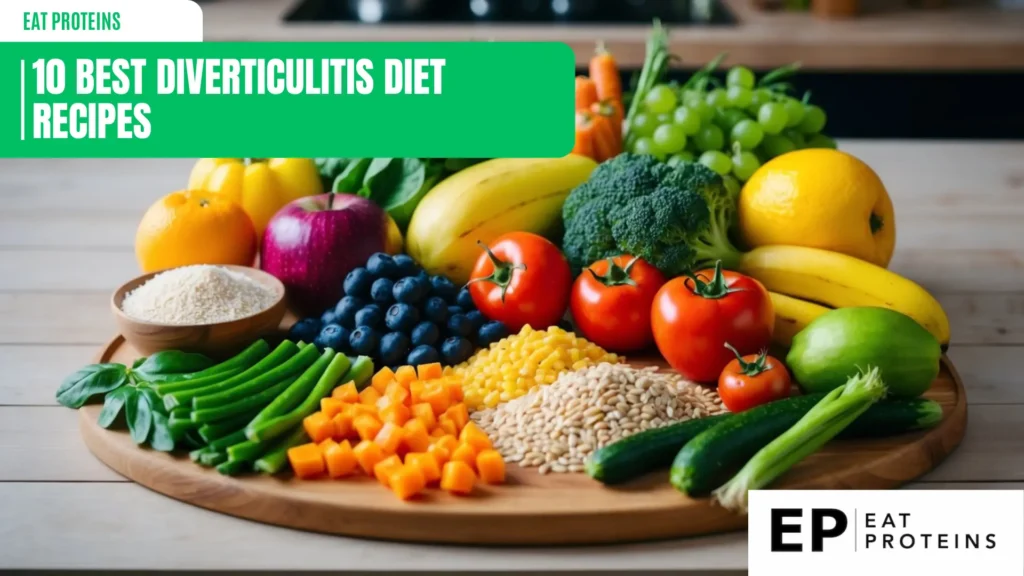
I want to share some tasty and healthy recipes for people with diverticulitis. These meals can help ease symptoms and boost gut health. Eating the right foods is key when dealing with this condition.
The 10 recipes I’ll show you are easy to make and good for your body. They use ingredients that are gentle on the digestive system. I’ve picked these recipes to give you lots of choices for breakfast, lunch, and dinner. You’ll find options that are both yummy and good for you.
1. Oatmeal with Fresh Berries

I find oatmeal with fresh berries to be an excellent choice for a diverticulitis diet. This dish is easy to make and gentle on the digestive system.
To prepare, I start with 1/2 cup of rolled oats and 1 cup of water. I bring the water to a boil, add the oats, and simmer for about 5 minutes, stirring occasionally.
Once the oatmeal is cooked, I remove it from heat and let it cool slightly. Then, I add a handful of fresh berries like blueberries or strawberries.
This recipe provides a good balance of fiber and nutrients. The oats offer soluble fiber, which can help soothe the digestive tract. The berries add natural sweetness and antioxidants.
I find this meal particularly comforting during a diverticulitis flare-up. It’s soft, easy to digest, and provides essential nutrients without irritating the colon.
2. Grilled Salmon with Quinoa
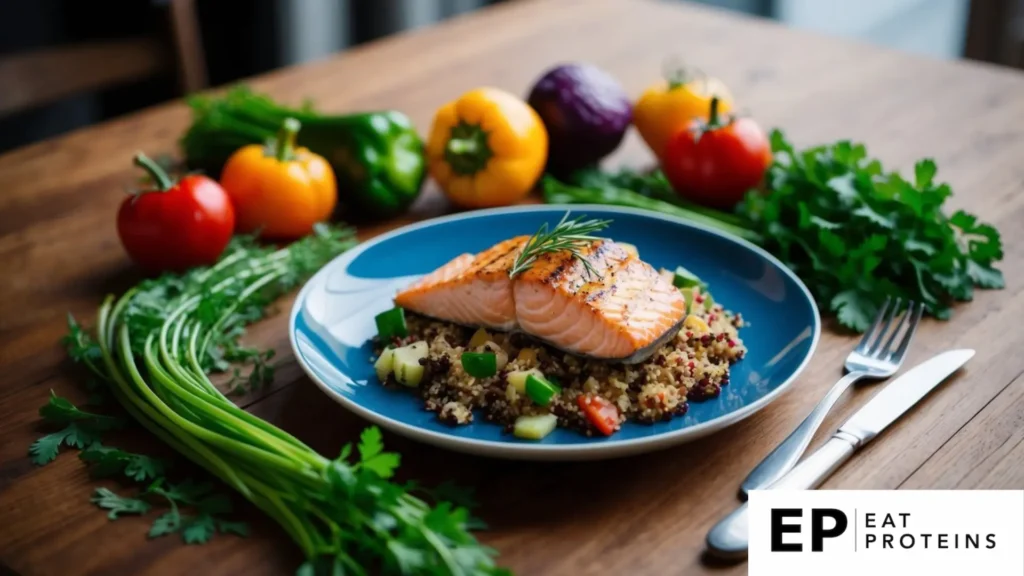
Grilled salmon with quinoa is a tasty and healthy meal for those with diverticulitis. It’s packed with protein and omega-3 fatty acids from the salmon. The quinoa adds fiber and nutrients.
This dish is easy to make. I can prepare it in about 30 minutes. Here’s a quick rundown of the steps:
- Cook 1 cup of quinoa in 2 cups of water for 15-20 minutes.
- Season a 6 oz salmon fillet with lemon, herbs, and a pinch of salt.
- Grill the salmon for 4-5 minutes per side.
- Serve the grilled salmon over a bed of fluffy quinoa.
I find this meal gentle on the digestive system. The soft texture of both salmon and quinoa makes them easy to eat. Plus, they’re full of nutrients that can help with healing.
For extra flavor, I sometimes add a small amount of steamed vegetables on the side. Just be sure to choose low-fiber options that agree with your digestion.
3. Chicken and Vegetable Stir-Fry

Chicken and vegetable stir-fry is a great option for those following a diverticulitis diet. It’s quick, easy, and packed with nutrients.
I find this dish simple to prepare. It typically takes about 20 minutes from start to finish. The key is to have all ingredients prepped before you start cooking.
Here’s a basic method:
- Cut 1 pound of chicken breast into bite-sized pieces.
- Chop 2 cups of low-FODMAP vegetables like carrots, bell peppers, and zucchini.
- Heat 1 tablespoon of oil in a large skillet or wok over medium-high heat.
- Cook the chicken for 5-7 minutes until it’s no longer pink.
- Add the vegetables and stir-fry for another 3-5 minutes until tender-crisp.
- Season with salt, pepper, and other low-FODMAP seasonings to taste.
This recipe is versatile. I can easily swap out vegetables or use tofu instead of chicken. The result is a balanced meal that’s gentle on the digestive system.
4. Lentil Soup
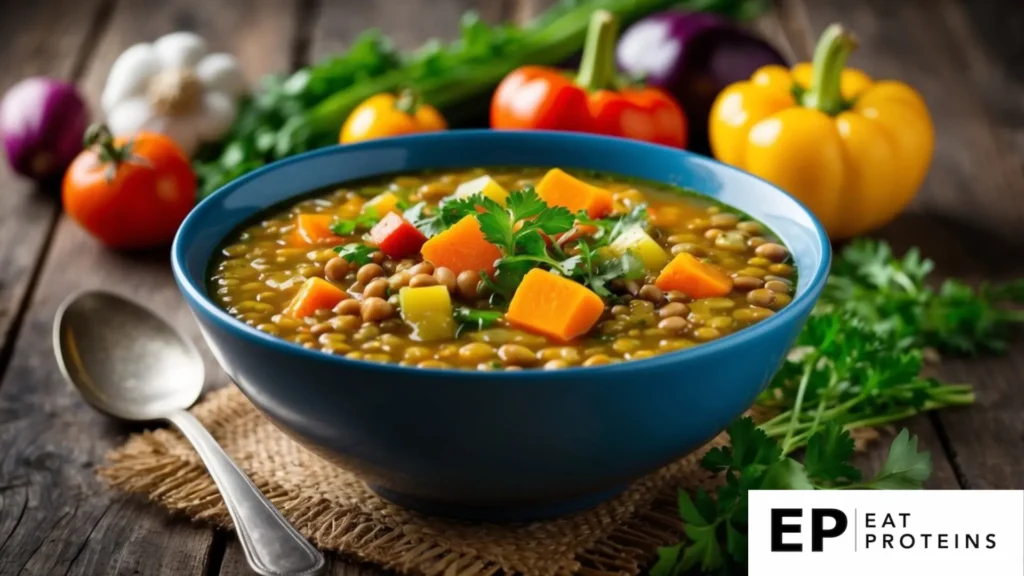
Lentil soup is a tasty and nutritious option for those following a diverticulitis diet. I find it easy to digest and packed with fiber, which is important for digestive health.
This soup is simple to make. I start by sautéing diced onions, carrots, and celery in olive oil for 5 minutes. Then I add minced garlic and cook for another minute.
Next, I pour in 6 cups of low-sodium broth and 1 cup of rinsed lentils. I bring the mixture to a boil, then reduce heat and simmer for 20-25 minutes until the lentils are tender.
For extra flavor, I like to add a bay leaf and some dried thyme. Salt and pepper to taste are the final touches.
This fiber-rich recipe is gentle on the digestive system. It’s also versatile – I can blend it for a smoother texture if needed.
5. Greek Yogurt with Honey and Almonds
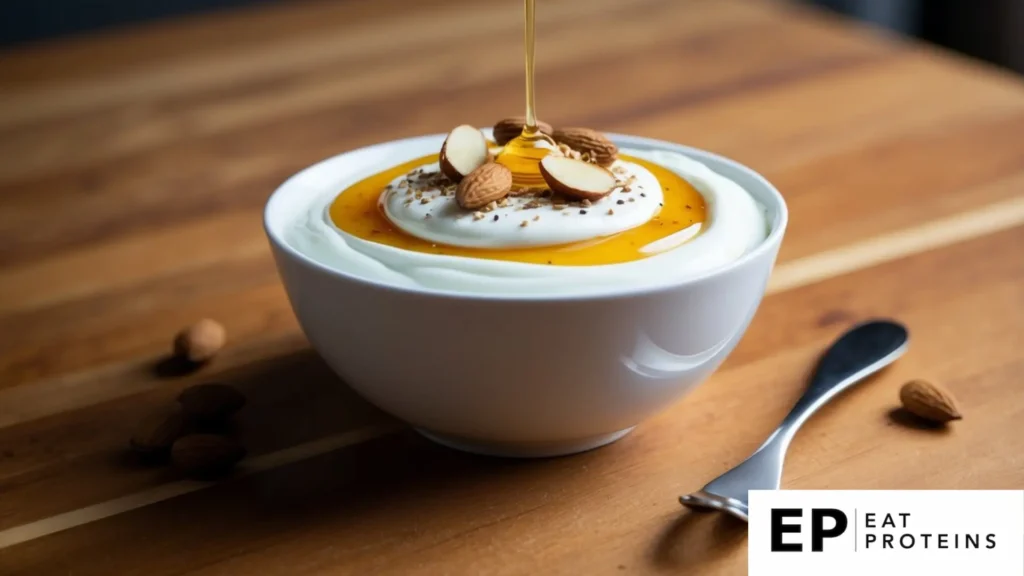
Greek yogurt with honey and almonds is a tasty, gut-friendly snack for people with diverticulitis. It’s high in protein and probiotics, which may help ease symptoms.
This recipe is super easy to make. I can whip it up in just 5 minutes with a few simple ingredients.
I start with 1 cup of plain Greek yogurt. Then I add 1 tablespoon of honey for sweetness. Finally, I sprinkle on 2 tablespoons of chopped almonds.
The Greek yogurt provides calcium and protein. Honey adds natural sweetness and may have antibacterial properties. Almonds offer healthy fats and fiber.
I like to mix everything together gently. This creates a creamy texture with crunchy bits of nuts. It’s important not to overdo it on the almonds, as too much fiber can be hard to digest.
This snack works well for breakfast or as a light dessert. I find it filling and satisfying without being heavy on my stomach.
6. Baked Sweet Potato Fries

Baked sweet potato fries are a tasty and nutritious option for those following a diverticulitis diet. I find them easy to make and gentle on the digestive system.
To prepare, I preheat the oven to 425°F (218°C). I wash and peel 2 medium sweet potatoes, then cut them into thin strips about 1/4 inch wide.
I toss the fries with 1 tablespoon of olive oil and a pinch of salt. Then I spread them in a single layer on a baking sheet lined with parchment paper.
I bake the fries for 20-25 minutes, flipping them halfway through. They’re done when they’re golden brown and crispy on the outside.
Sweet potatoes are rich in fiber, which is important for digestive health. Baking them instead of frying makes them easier to digest.
I like to serve these fries as a side dish or a snack. They’re a great way to add variety to a diverticulitis-friendly meal plan.
7. Spinach and Strawberry Salad
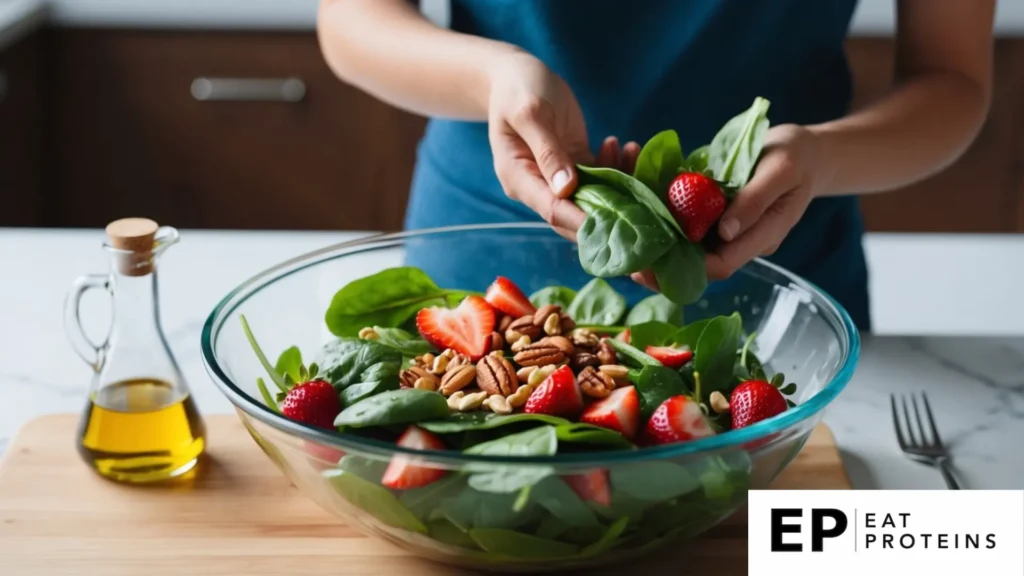
I find this salad perfect for a diverticulitis-friendly diet. It’s easy to make and packed with nutrients.
The main ingredients are fresh spinach and strawberries. Spinach is rich in fiber and vitamins, while strawberries add a sweet touch.
To make this salad, I start by washing 2 cups of spinach and 1 cup of sliced strawberries. I mix them in a large bowl.
Next, I add some protein. I like to use 1/4 cup of chopped walnuts or sliced almonds. These nuts are easy to digest and add a nice crunch.
For the dressing, I keep it simple. I mix 2 tablespoons of olive oil with 1 tablespoon of balsamic vinegar. This light dressing complements the flavors without being too harsh on the digestive system.
I toss all ingredients together gently. The total prep time is about 10 minutes, making it a quick and easy meal option.
This salad is not only tasty but also helps maintain good gut health. It’s a great choice for those following a diverticulitis diet.
8. Brown Rice with Steamed Broccoli
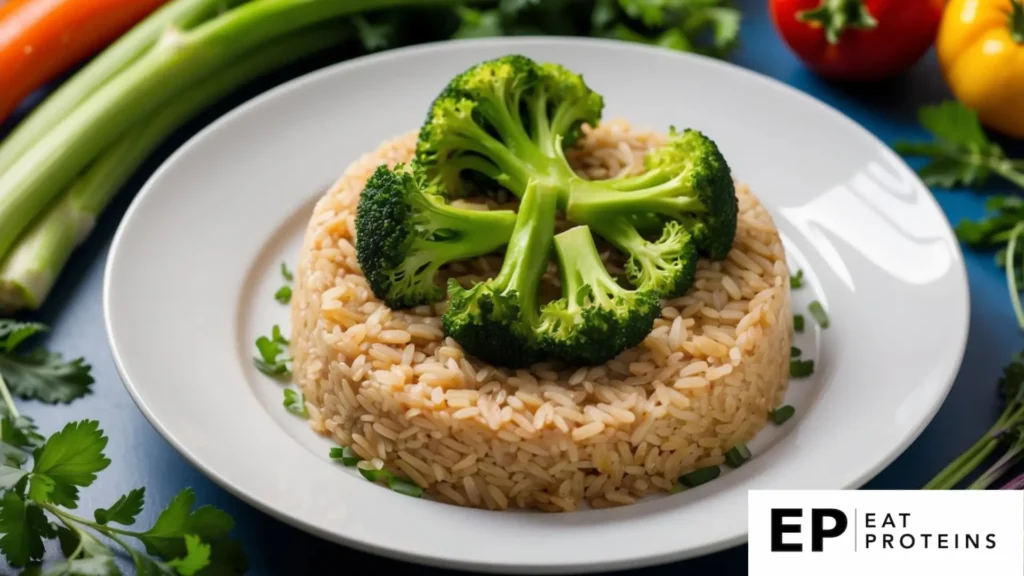
Brown rice with steamed broccoli is a simple, nutritious meal that’s great for a diverticulitis diet. Brown rice is a whole grain that provides more fiber than white rice.
This dish is easy to make. I start by cooking 1 cup of brown rice in 2 cups of water. It usually takes about 45 minutes to cook.
While the rice cooks, I prepare the broccoli. I cut 2 cups of broccoli into florets and steam them for 5-7 minutes until tender-crisp.
Once both are done, I combine them in a bowl. I can add a small amount of olive oil or low-fat dressing for flavor if needed.
This meal gives me about 10 to 15 grams of fiber, which is good for digestive health. The broccoli also provides vitamins and minerals.
I find this recipe helpful when managing diverticulitis symptoms. It’s gentle on my digestive system while still being filling and nutritious.
9. Turkey and Avocado Wrap
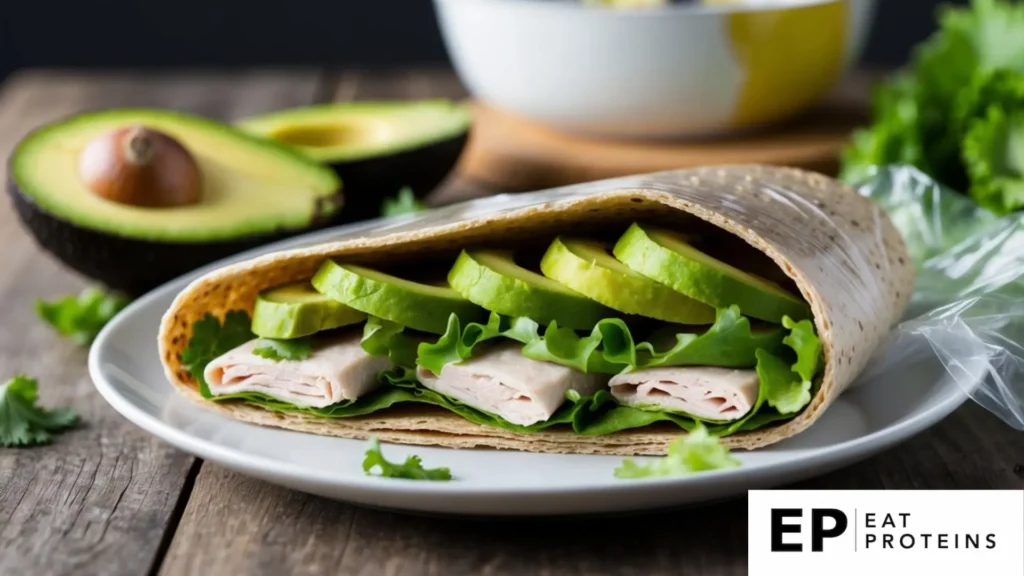
I love this Turkey and Avocado Wrap for its simplicity and nutrition. It’s perfect for those following a diverticulitis diet. This wrap combines lean protein with healthy fats.
The recipe is easy to make and takes about 10 minutes. I start with a whole wheat tortilla as the base. Whole grains are gentle on the digestive system.
Next, I add 3 ounces of thinly sliced turkey breast. Turkey is a great low-fat protein source. I then mash 1/4 of a ripe avocado and spread it on the wrap. Avocados provide healthy fats and are easy to digest.
I add some lettuce for crunch and roll it up tightly. To keep it fresh, I wrap it in plastic wrap if I’m not eating it right away.
This wrap is a balanced meal that’s gentle on the digestive system. It provides protein, healthy fats, and some fiber without being too hard to digest.
10. Blueberry Smoothie with Flaxseeds

Blueberry smoothies are a tasty and easy way to add fruit to your diet. This recipe includes flaxseeds, which are good sources of dietary fiber.
I find this smoothie simple to make. It only takes about 5 minutes to prepare. You’ll need a blender and a few key ingredients.
Here’s how I make it:
- I add 1 cup of frozen blueberries to the blender.
- Next, I pour in 1 cup of almond milk.
- I add 1 tablespoon of ground flaxseed.
- Then I blend for 30-60 seconds until smooth.
This smoothie is easy on the digestive system. The blueberries provide antioxidants, while the flaxseeds offer omega-3 fatty acids.
I like to drink this smoothie for breakfast or as a snack. It’s filling and nutritious. You can adjust the thickness by adding more or less milk as needed.
What is Diverticulitis Diet?
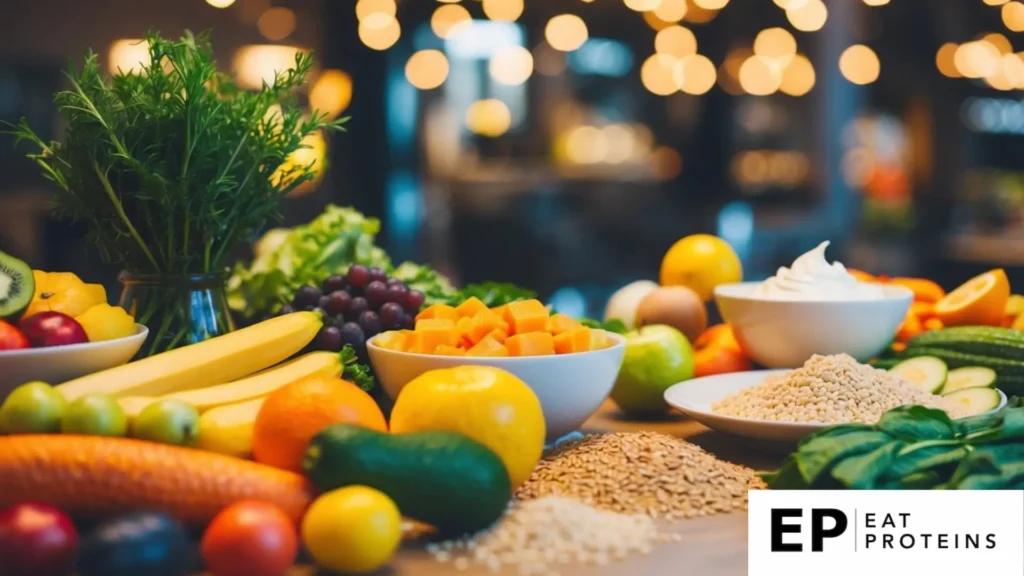
Diverticulitis is a digestive condition that can cause pain and discomfort. I’ll explain what it is, its symptoms, and what causes it. This information will help you better understand the condition and how to manage it through diet.
Diverticulitis happens when small pouches in the colon, called diverticula, get inflamed or infected. These pouches form when weak spots in the colon wall bulge outward. When they get irritated, it leads to diverticulitis.
The condition is common, affecting 10-25% of people with diverticular disease. It can range from mild to severe. In some cases, it may need medical treatment or even surgery.
Diverticulitis often occurs in the lower left part of the colon. However, it can happen anywhere in the digestive tract. It’s important to know that having diverticula doesn’t always mean you’ll get diverticulitis.
What are Common Symptoms of Diverticulitis?
The main symptom of diverticulitis is pain in the lower left side of the belly. This pain can be constant and last for days. Other symptoms I often see include:
- Fever and chills
- Nausea and vomiting
- Changes in bowel habits (constipation or diarrhea)
- Bloating and gas
- Loss of appetite
In more serious cases, you might notice blood in your stool or have trouble peeing. These symptoms need immediate medical attention.
The pain from diverticulitis can be sharp and sudden. It might get worse when you move or cough. If you have these symptoms, it’s crucial to see a doctor for proper diagnosis and treatment.
What are the Causes and Risk Factors of Diverticulitis?
The exact cause of diverticulitis isn’t fully known. But I can tell you about some factors that increase your risk:
- Low-fiber diet: Eating only 10 to 15 grams of fiber can contribute to diverticulitis.
- Age: It’s more common in people over 40.
- Obesity: Excess weight puts pressure on the colon.
- Lack of exercise: Regular physical activity helps prevent constipation.
- Smoking: This can weaken the colon wall.
Genetics may also play a role. Some people might be more prone to developing diverticula. Certain medications, like steroids or NSAIDs, can increase your risk too.
A diet high in red meat and low in fiber is linked to a higher risk. That’s why a healthy diet is key in managing and preventing diverticulitis.
What are the Nutritional Guidelines for Diverticulitis?
Eating the right foods can help manage diverticulitis symptoms. I’ll explain what to eat, what to avoid, and how much fluid to drink for this condition.
What are the Fiber Intake Recommendations for Diverticulitis?
I recommend slowly increasing fiber intake to 25-35 grams per day. This helps prevent flare-ups and keeps the digestive system healthy. Good fiber sources include:
- Whole grains like brown rice and oatmeal
- Vegetables such as carrots, broccoli, and sweet potatoes
- Fruits like apples, pears, and berries
- Legumes including lentils, beans, and peas
Start with small amounts and gradually add more fiber to your diet. This lets your body adjust and avoids gas or bloating.
What Foods Should Be Avoided with Diverticulitis?
Some foods may trigger symptoms or make diverticulitis worse. I suggest staying away from:
- Nuts and seeds
- Popcorn
- Raw vegetables
- Tough or stringy foods
These items can get stuck in the pouches (diverticula) in your colon. This may lead to inflammation or infection.
During a flare-up, stick to low-fiber foods like:
- White rice
- Cooked vegetables
- Lean meats
- Eggs
This gives your digestive system a chance to rest and heal.
How Important is Hydration and Fluid Intake for Diverticulitis?
Drinking enough fluids is key for managing diverticulitis. I advise aiming for 8-10 cups of water per day. This helps:
- Soften stool
- Prevent constipation
- Support overall digestive health
Other good choices include:
- Herbal tea
- Clear broths
- Freshly squeezed fruit juices (in moderation)
Avoid sugary drinks and limit caffeine and alcohol. These can irritate your digestive system.
